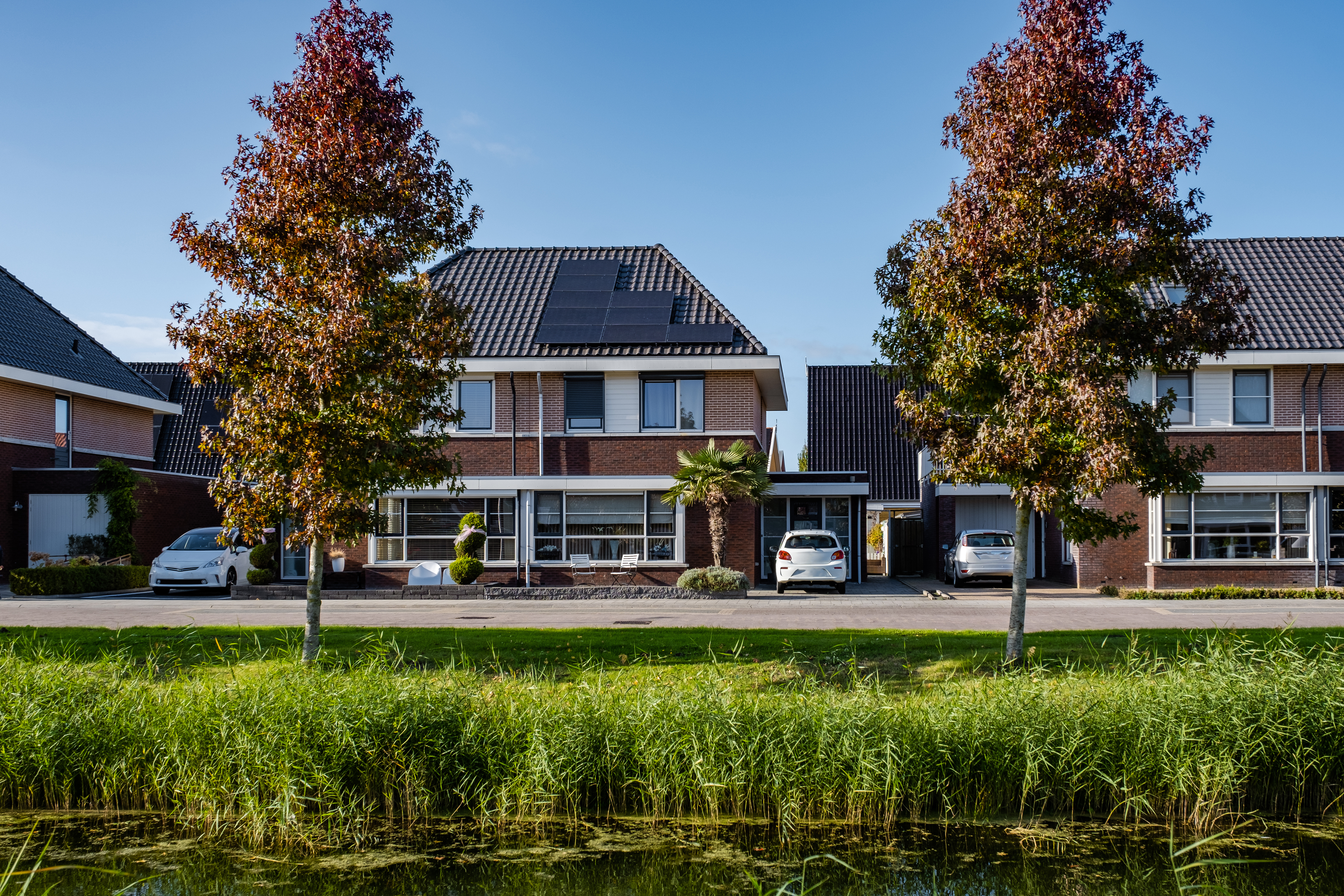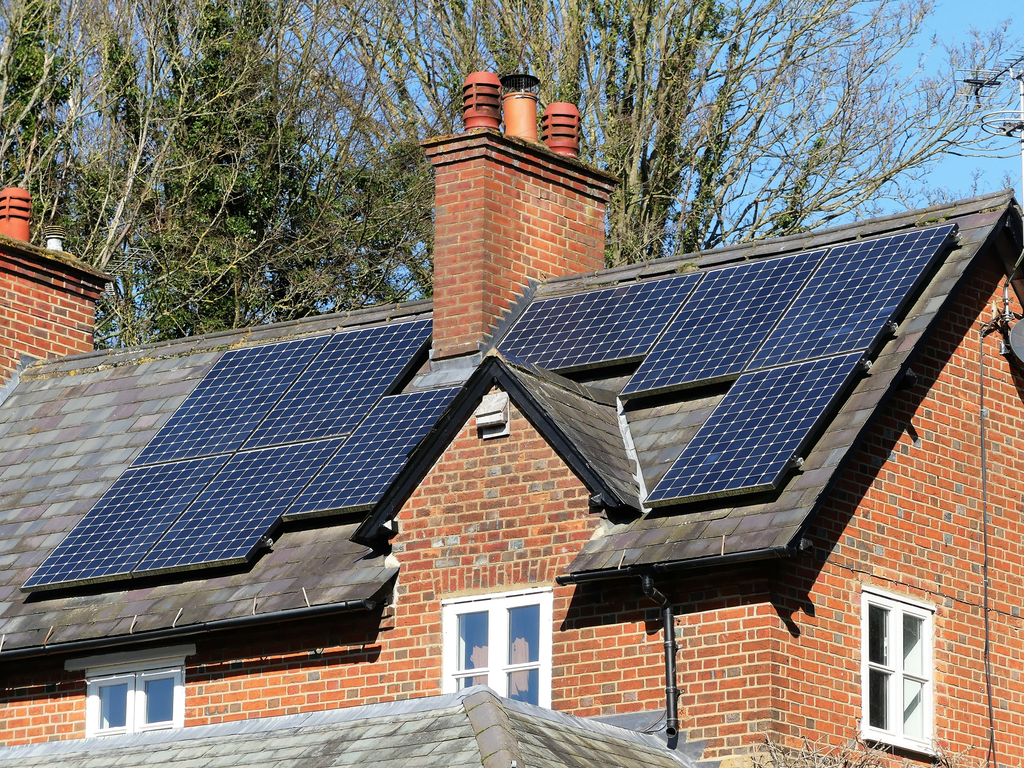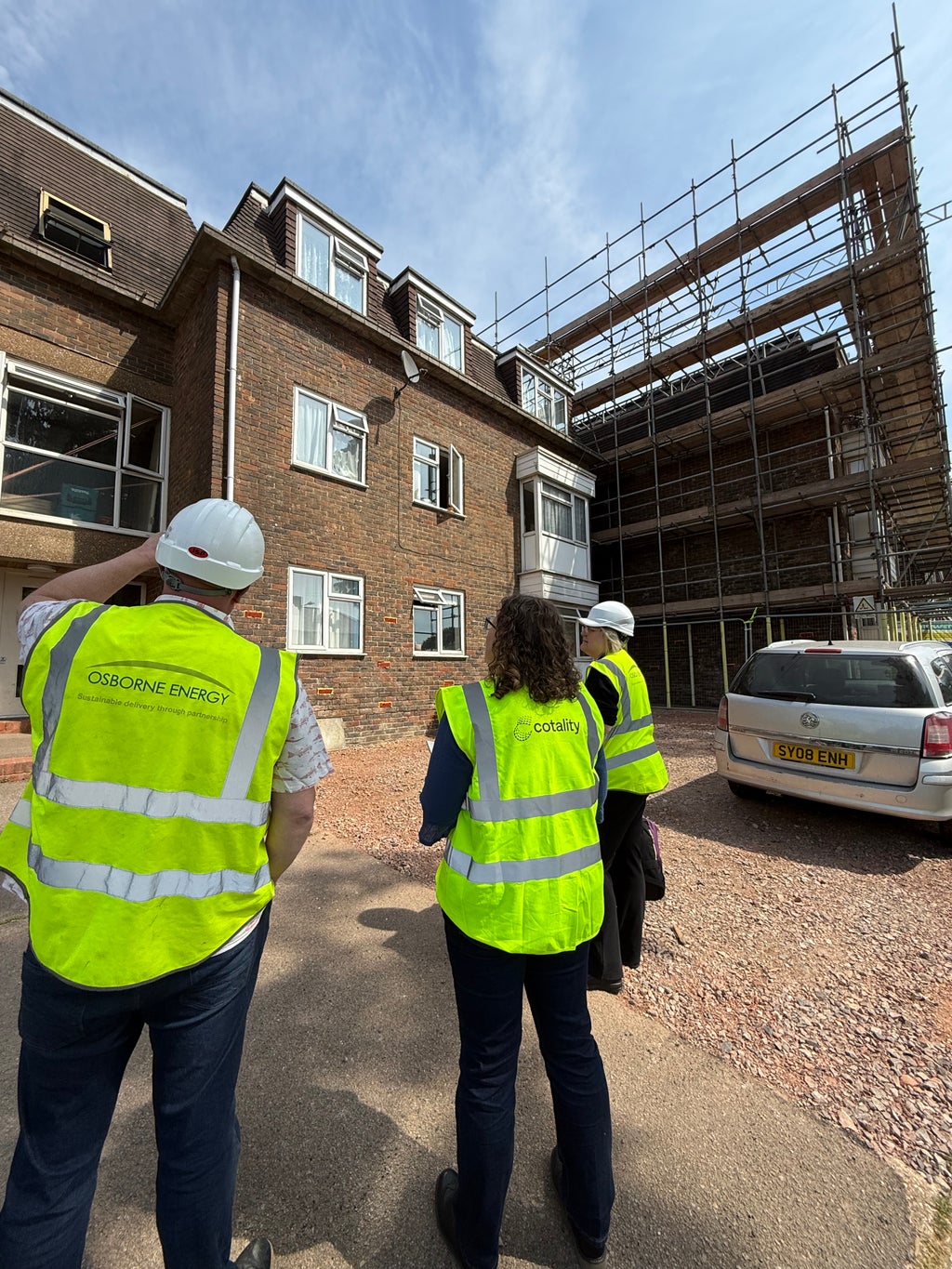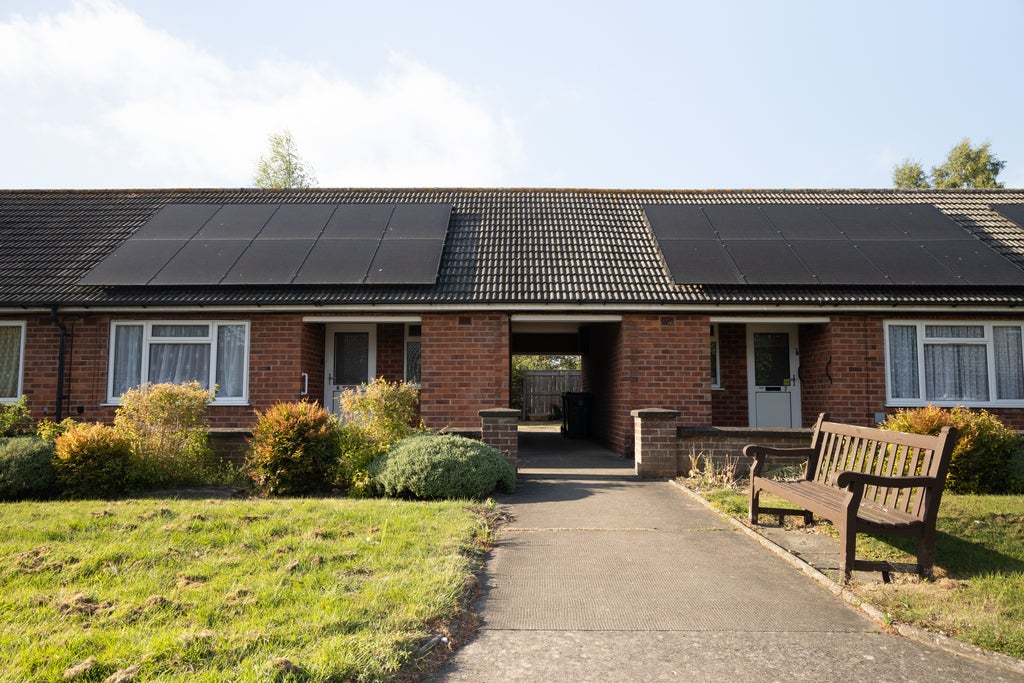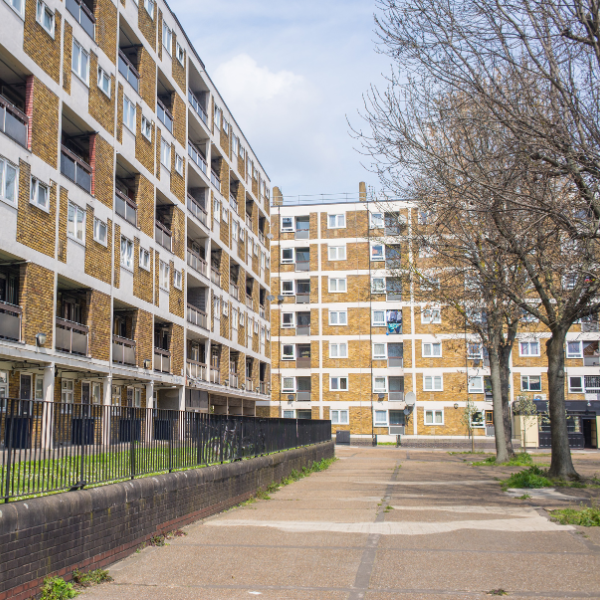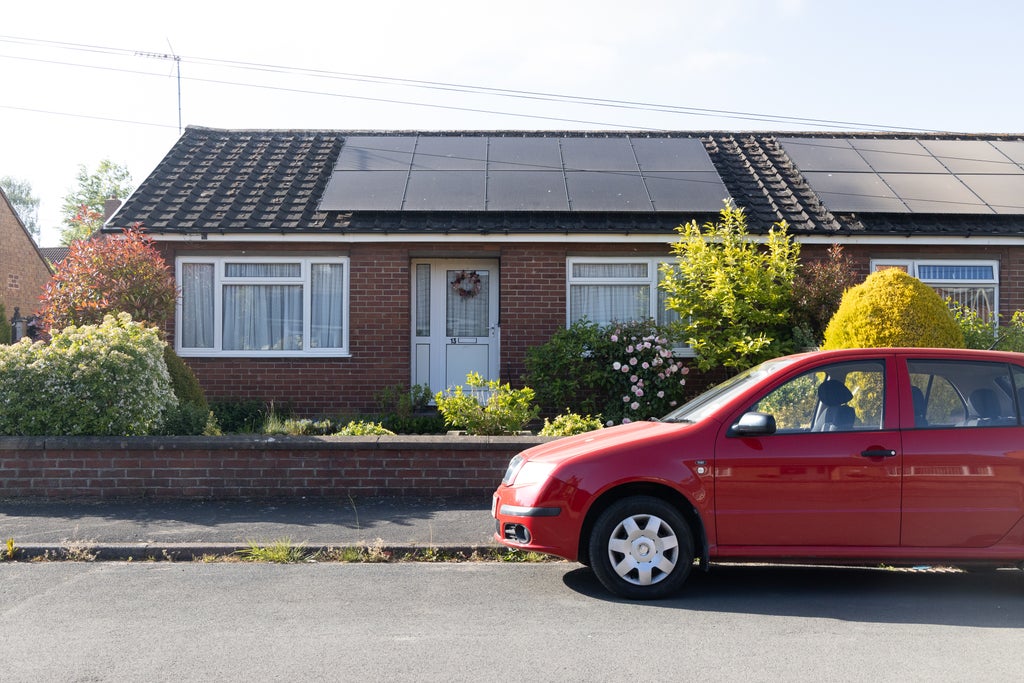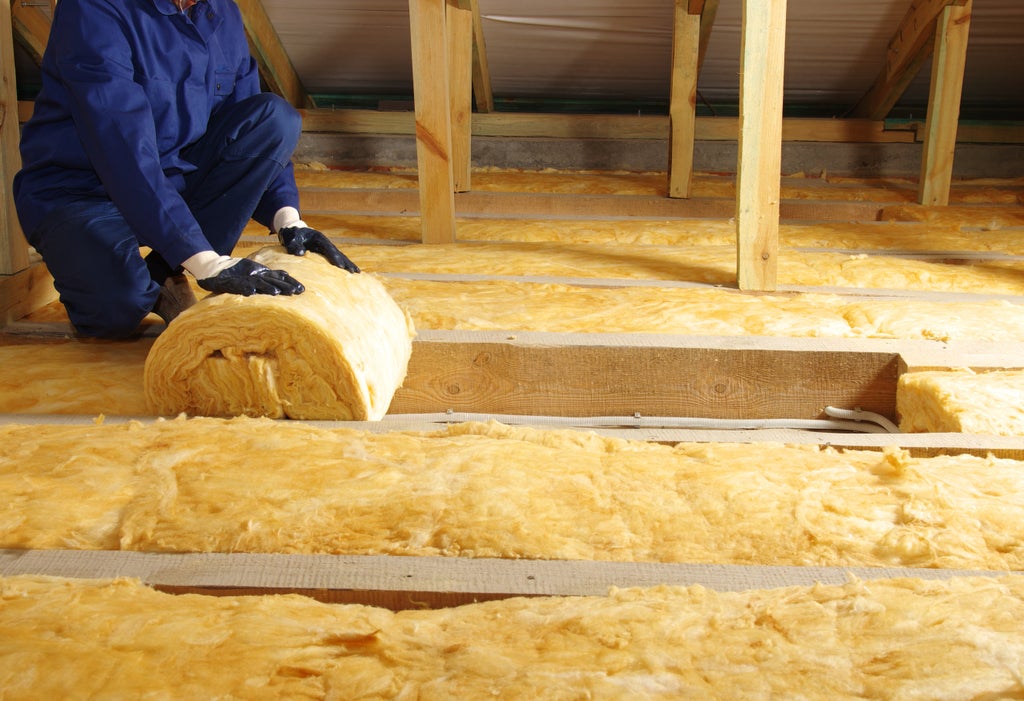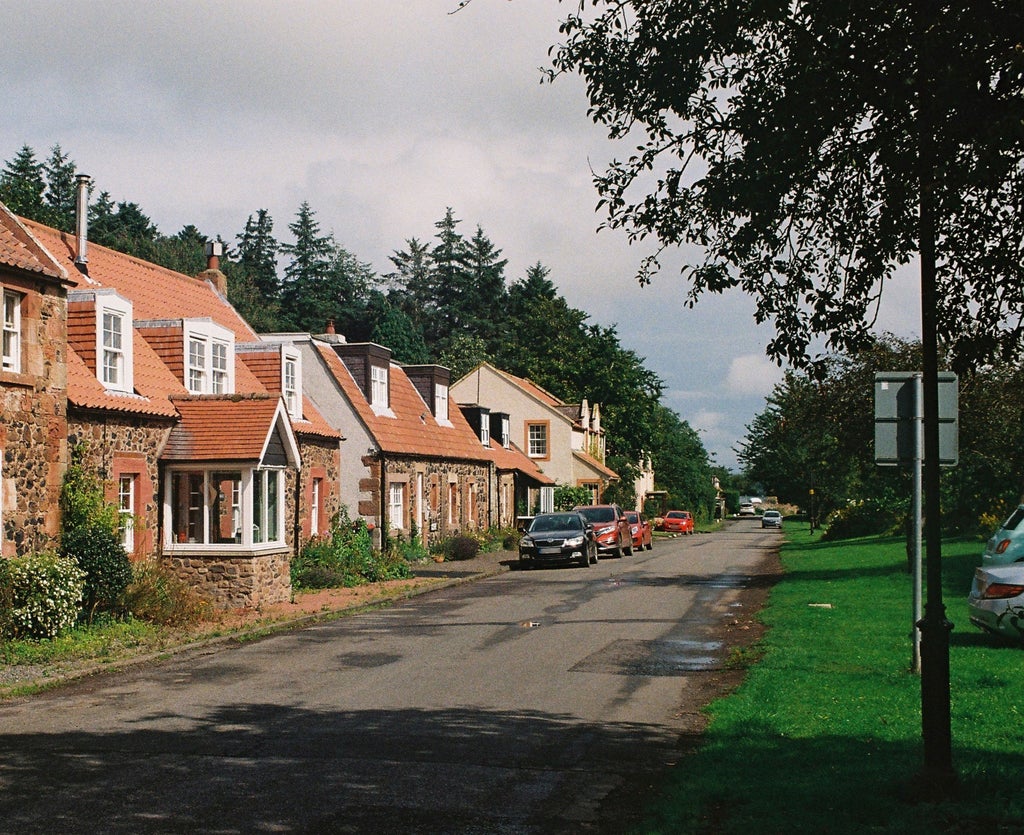Cotality is proud to have supported Energy UK in its assessment of financing the clean heat transition, with a particular focus on those households that are not eligible for grants and don’t have the funds to cover the upfront costs of works, even with help from the Boiler Upgrade Scheme.
The report, Clean Heat: Financing the transition - Energy UK, is the latest in Energy UK’s series of policy papers assessing options for the Government’s £13.2 billion Warm Homes Plan.
It finds that investing £1.5 billion of the Warm Homes Plan budget into subsidising green home finance would unlock up to £9 billion of additional consumer investment, supporting up to 950,000 middle-income households to access low-carbon technologies.

Having assessed the urgency of reducing the cost of Electricity in its paper, Clean Heat: Balancing the Bill, Energy UK is now making the case for Government support to subsidise commercial finance and reduce – even remove – the upfront cost barrier to clean heat and other low-cost energy efficiency options.
Cotality’s analysis was key to assessing the role played by the different variables at play, and the potential impact of such a subsidy –with the assumption that finance would be backed by additional policy interventions to support demand.

4 steps to Warm Homes policy analysis
1. Cotality hosts an RdSAP digital model of every home, used by local government, lenders and policy-makers to assess the need and opportunity for retrofit across tenures. Depending on the project we provide a view of relevant homes – whether that’s by location for local government, by address-matching for lenders and other commercial users, or through representative samples for policy-makers. In this case, where multiple scenarios and a deep dive were required in a short time-frame we identified four dominant archetypes that would assess the policy options, and – by taking a conservative approach – represent the potential in the wider stock:
- detached houses built between 1983 and 2001
- solid-walled terraced houses built before 1930
- semi-detached houses and bungalows built between 1930 and 1983, and
- electrically heated flats built between 1983 and 2023
2. Cotality generated a plan for each home that would enable it to switch to clean heat without an increase in bills. This was delivered by our recommendations engine, powered by
- Government-approved RdSAP 10 engine
- Scenario optimisation driven by client-defined goals (e.g. SAP, bills, fabric performance)
- Our library of 2000+ costed measures
- Automated optimisation of heat pump sizing in relation to fabric improvement (e.g. insulation) options
- Client-defined energy tariffs
3. In policy analysis there is generally a point at which we step away from our core modelling. In this case it was to test financing options. Having identified the installation cost and resultant annual energy use, our analysis then tested the impact of different variables such as the rebalancing of energy bills, inclusion of different measures (heating, solar, storage – with associated flexible tariffs - and insulation), potential interest rate options and payback periods.
4. The results, as presented by Energy UK in Clean Heat: Financing the transition - Energy UK, offer new insights into Warm Homes financing:
- The role of rebalancing is central to green financing discussions
- There is an opportunity to reduce public spending per home by subsidising commercial finance for measures that pay for themselves in a reasonable time-frame
- Every home is unique – this is not a new insight but finance will go further if homeowner’s have access to independent advice on the mix of measures suited to their home, including the option of monitoring solutions to measure performance and provide assurance on savings.
What next – Cotality’s view
Looking beyond Energy UK’s analysis, and reflecting on our experience processing Green Deal applications and delivering a Green Home Finance Accelerator project, we’re as clear-eyed as anyone that finance is not an answer in itself.
But, to scale up decarbonisation and energy security at the pace required, the Government needs to address the upfront cost barrier for more households.
A lower cost barrier then needs to be backed up by a clearer incentive and strong consumer protections. In terms of the former, carrots or sticks at key trigger points – such as house moves - continue to be a significant gap in the Government’s policy-making.
For the latter, enforcement of what exists is as – perhaps more – important than more guidance, and any finance needs to be subject to independent advice to ensure it is spent on what will deliver savings and meets the owners' and/or residents' needs. The lessons on this exist, we need to apply them.
About Cotality
Cotality provides data, insights, and workflows across the property ecosystem, supporting property marketing, insurance, lending and retrofit. With billions of data signals across the life cycle of a property, Cotality identifies risks and opportunities for agents, lenders, insurers, governments, homeowners and innovators.
In the energy sector Cotality provides quality assurance and obligation-handling services for the delivery of ECO, and stock modelling for landlords, local authorities and lenders to identify the need and opportunity for retrofit at scale. To reduce barriers to homeowners, Cotality's One Stop Shop services - including detailed online advice, and independent retrofit assessment and coordination - are available nationally delivering direct to homeowners or via partners.







